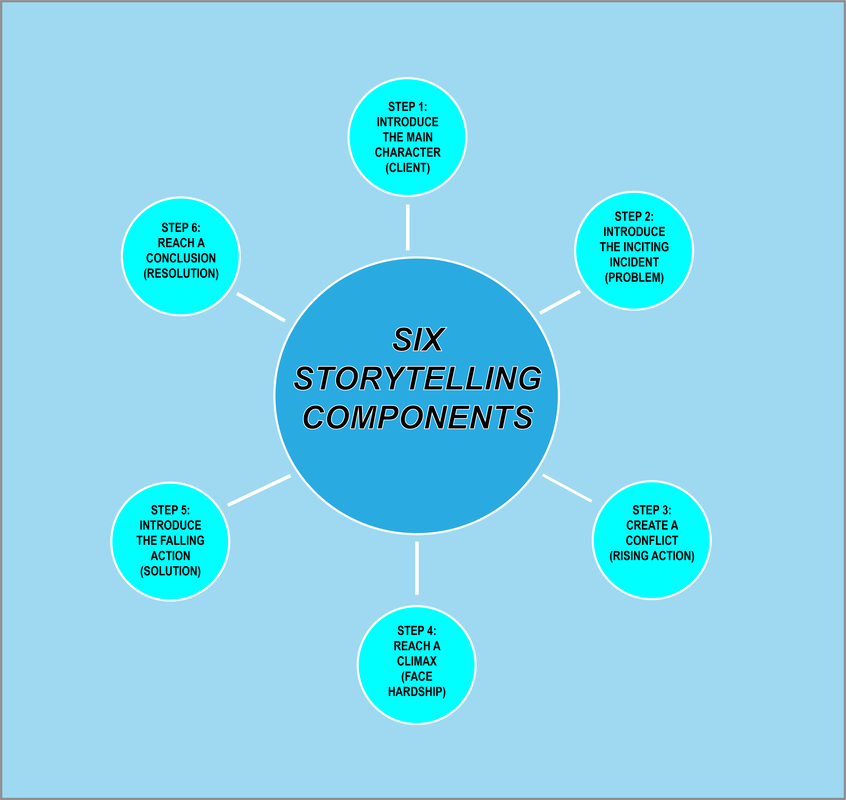|
Graphic designed by The Write Reflection Case studies are an effective way to add value to your brand. You can “toot your own horn” by doing what any product or service should do best: solve a problem. If you have a website, consider adding a section dedicated to case studies. Then, populate it with the best examples of why your brand is the best at what it does. The U.S. is the largest advertising market in the world. Businesses spend an average of $253.6 billion each year on advertising and marketing. Case studies provide one of the best returns on investment of all content marketing strategies. Not all case studies are created equally. You must know the tricks of the trade to turn a case study into a lead conversion tool. What is a case study? Case studies are an advertising and marketing strategy businesses use as a value-added proposition. Convincing case studies meet the following criteria:
Some companies – and their marketing experts – become preoccupied with “staying on brand.” They focus too much on their brand voice or messaging matrix and forget to leverage the power of storytelling in their case studies. All they accomplish is to bore their target audience and make themselves look self-centered. Case study advantages Building trust in your brand is harder than it looks. Yes, having a great product or service – coupled with amazing customer support – is one of the best ways to keep people coming back for more. How do you convince someone who has never experienced your products, services, or stellar customer service to give you a try? This is where case studies provide an advantage. Consumers have smartened up to fancy sales pitches and flashy graphics on social media. It takes more than these old tricks of the trade to convince them your brand is the solution to their problems. Ratings and reviews from previous customers carry weight, but even those are easily manipulated. Effective case studies provide tangible proof your brand does more than talk the talk. Building brand trust is not the only advantage of an effective case study. Here are a few more worth noting:
Writing an effective case study in 5 easy steps
Now you know what a case study is and why you must include it in your content marketing strategy. Next, I will talk about the five steps involved with writing an effective case study. Step #1: State your case Case studies must leverage the power of storytelling, which means featuring a compelling angle. Not sure how to do that? Take a deep dive and investigate how your customers are using your products or services. Chances are, you will find someone using your brand to solve problems you never knew it could fix. Step #2: Get relatable Make sure whatever angle you choose for your case study is one that is relatable to most of your target audience. Think about what it is that helps you connect with a good story. On some level, you must connect with the story’s protagonist. The client featured in your case study is the protagonist. Find something about the client that makes your core audience root for his or her success with your product. Step #3: Tell the tale Some marketing pros insist they are telling their brand’s story. The problem is, they forget how to tell a story the right way. Think back to your high school English class. (Sorry, this is probably as painful for some of you as doing math is for me. Stick with it. I promise the payout is worth it). If you will recall, you learned that all good stories have certain components:
Step #4: Just the facts Telling a story does not mean you rely on anecdotes to prove your case. Case study best practices encourage using cold, hard facts to back up your claims. Just because you are using storytelling techniques does not mean you should be weaving a tall tale. Make sure any data or statistics you use to support the case relate to the protagonist’s challenges. Step #5: Support the journey Every good story has a hero. I know what you are thinking: this is the part where my business swoops in and saves the day. Well, yes and no. Your brand is not the hero in the story. Think of yourself more along the lines of a supporting character. Your business is there to assist the real hero of the story. Humility is an incredibly effective marketing strategy. It allows for meaningful connections between your brand and its core audience and shows empathy. When you practice humility in case studies, you can increase your credibility without being obnoxious. Case study formats that work The final step in creating an effective case study is in the graphic design. This is where a copywriter designer is a valuable asset to have in your corner. They can craft a compelling story for your case study and design it in an eye-catching manner that gets – and keeps – your core audience’s attention. There are no hard and fast rules for formatting your case study. From infographics and webinars to interview formats and brochure styles, your case study design should fit the content. Ready to get started with your first case study? Contact me today to get a 25 percent discount on your first order that includes content creation and graphic design for the case study of your choice.
0 Comments
Your comment will be posted after it is approved.
Leave a Reply. |
Categories
All
Archives
April 2024
|


